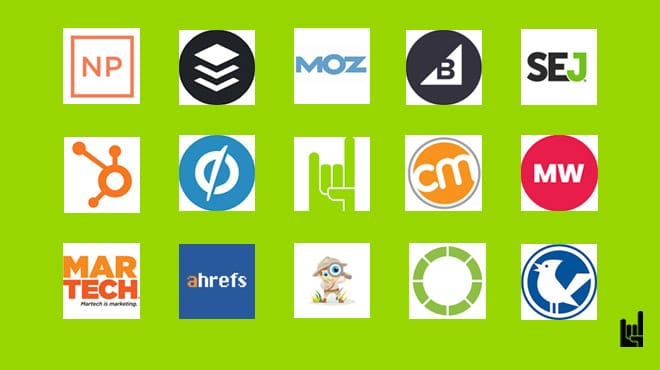Econometrics is a branch of economics that applies statistical and mathematical methods to analyze economic data, test theories, and evaluate policies. It combines economic theory, mathematics, and statistical techniques to study relationships between economic variables and to forecast future trends. Econometrics is essential for translating abstract economic concepts into measurable, empirical insights. People confuse that with GenAI and chatGPT.
For example, econometric models might be used to estimate the impact of education on income levels by analyzing data from various demographic groups, controlling for factors like age and experience. Similarly, it can assess how changes in interest rates influence consumer spending, providing valuable information for policymakers and financial institutions. By grounding economic analysis in data, econometrics bridges theory and real-world application.
Econometric models are ideal for hypothesis testing and policy evaluation in economics.
Here are some more examples:
1. Estimating the impact of interest rates on GDP.
2. Understanding the relationship between education levels and income.
Yes, econometrics applies to marketing by using statistical methods to analyze consumer behavior, evaluate marketing strategies, and measure the effectiveness of campaigns. For example, econometric models can help determine the impact of advertising spend on sales, optimize pricing strategies, or forecast demand based on past trends and external factors. This data-driven approach enables marketers to make more informed and effective decisions.
ChatGPT itself does not perform econometric analysis directly. Instead, you can use ChatGPT as a support tool in various stages of the econometric workflow, such as:
1. Problem Definition and Hypothesis Generation
2. Model Selection (e.g., linear regression, panel data models) and suggest which ones might suit your problem.
3. Data Preparation Guidance
4. Interpretation of Results
5. Writing Reports
6. Scenario Simulations


